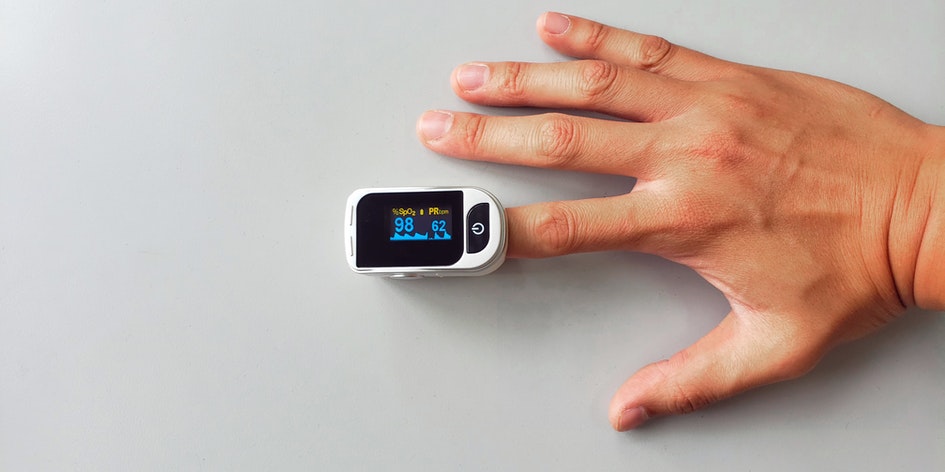There are good reasons for moving workloads to the edge: real-time applications do not tolerate latency and data-intensive analytics can quickly have a negative impact on the overall user experience. Not to forget that some companies prefer or are required to keep sensitive data on-premise and not in the cloud. However, does Edge computing make sense for the SMB or SME?
Edge computing emerged with the growth and demand for the Internet of Things (IoT). It’s an architecture that puts fast computing power or storage capacity close to the data source, like a sensor or camera. Whether we’re looking at control units connecting to a cloud platform via the internet or small data centres on a campus; there’s one thing all use cases have in common. Edge computing enables faster response times compared to a connection to a central data centre and, due to local data processing, reduces the volume of data when is needed in the cloud. Small and medium-sized businesses or enterprises (SMBs or SMEs) often use on-site computing capacities as independent nodes of their IT to overcome slow internet connections or insufficient bandwidth. This is essential because everything that is slowing down fast data processing lets you fall behind your competitors.
Another huge advantage of edge computing is that you retain both sovereignty and control over your data at all times; the data that remain local and what is sent to the cloud. This protects personal data as well as equally important business-critical information in general and in particular when the US CLOUD Act takes effect. Remember that US authorities can demand the disclosure of data even if this violates country legislation, like the EU General Data Protection Regulation (GDPR) as an example. It’s applicable in the EU and protects the data in the country of processing. Thus, since the discontinuation of the so-called ‘Privacy Shield’, all US providers of cloud platforms are obliged under the US CLOUD Act to hand over all data of their users to US federal authorities upon request. This applies not only to personal data but also to data related to the company, even if this data is stored in a data centre within the EU and is actually protected by GDPR.
Edge as part of a hybrid cloud environment
With only a few exceptions, an edge infrastructure today is designed as a private cloud. In this way, local installations can be more easily integrated into a central cloud environment and managed by a unified interface. In addition, the connection to the cloud also allows access to a higher-level data pool and enables Big Data analysis or Machine Learning-supported applications, for example. The providers of cloud management solutions are now expanding their software for hybrid and multi-cloud environments across the board. Fortunately, the administration effort is also kept within limits, because most management platforms, despite all the complexity in the background, are now quite user-friendly and intuitive.
It’s not all the same
Edge computing has many use case scenarios and different system requirements. Let’s ignore the highlights like manufacturing and autonomous driving for a moment. Edge computing is clearly driving digital transformation at multiple levels. Its integration into a wide range of business processes does not only improve efficiency but also security. How? Let’s take a look at a few examples:
- Enhanced security in remote or hazardous areas
Warehouses or construction sites in remote locations require protection against unauthorised access for a number of reasons. Whether it’s protection against theft of stored goods or access control for a potentially hazardous construction site. To avoid tying up staff on-site, such locations often have an autonomous access control system paired with camera surveillance implemented at the edge to enable communication with a central gate.In an industrial environment, safety functions for hazardous locations are becoming a reality. Think of emergency buttons for the staff, for example, or an analysis of movement close to a hazardous area. Edge Computing can even automatically check whether safety equipment is being worn. If danger is detected, the software immediately issues a rule-based alarm so that appropriate action can be taken before anything happens or people are harmed. Data protection is also not causing an issue, because most of this kind of data is deleted immediately. - More digitalisation in branch offices
In branch offices of retail companies or restaurant chains, edge computing usually integrates several computers, cash register systems, and other devices into the company network. Customer data is onsite and the local availability guarantees a positive customer experience. For example, thanks to edge computing, marketing can communicate and interact directly with customers and visitors via Bluetooth and WLAN.Edge computing gives banks the opportunity to use facial recognition technologies and virtual customer advisors in their self-service areas without causing a conflict with strict data protection rules. By processing data on-site, Edge ensures fast response times and helps to further reduce online banking fans’ visits to a branch, along with the piles of paper that are still generated during manual processes. - More efficient use of inventory and patient management in healthcare
The Medical Internet of Things in a private edge cloud simplifies the administration and localisation of inventory as well as patient management in the entire healthcare sector. Compliance with GDPR and the special protection of sensitive patient data is a top priority. As is so often the case, in healthcare it’s not a question of edge computing or cloud but rather of data management strategies. These determine where cloud and where edge computing should be used strategically and based on individual requirements, costs, and benefits. Thanks to a growing number of medical devices, the average hospital now produces over 50 petabytes of data per year. Therefore, the edge data centre is particularly important here to optimise clinical and operational values. The connection to a cloud platform in turn enables AI-supported analyses, and networking with other institutions creates further important synergies and financial benefits.
System requirements
A crucial role for all edge computing solutions is that they run largely autonomously onsite and are centrally administered. Like any other infrastructure solution, edge devices must be suitable for the corresponding environmental conditions. Furthermore, the list includes requirement adjectives such as compact, fail-safe, protected against hacker attacks, and unauthorised access. Of course, any new edge computing solution should be scalable and able to adapt quickly to new requirements and applications.


